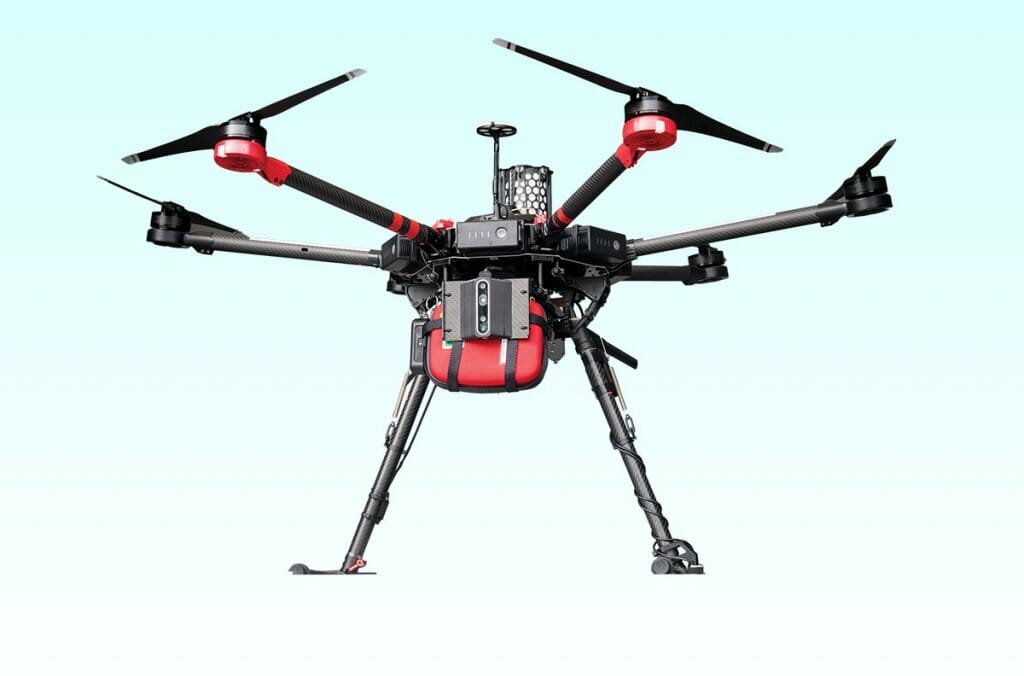When Drones Save Lives
UW research could help the devices quickly reach people suffering cardiac arrest.

Boutilier hopes research like his will nudge automated external defibrillators closer to mainstream implementation. Everdrone
As a kid, Justin Boutilier would get roped into helping his dad, a paramedic and firefighter, perform automated external defibrillator (AED) demonstrations. Two decades later, Boutilier, now a UW assistant professor of industrial and systems engineering, is reimagining how AEDs can save more lives.
Boutilier has detailed the framework for designing a network of AED-outfitted, autonomous flying drones, which could allow the life-saving devices to more quickly reach people suffering cardiac arrest. In out-of-hospital cardiac arrests, survival rates drop by as much as 10 percent for each minute that passes without treatment.
“Ambulances are not fast enough for this, especially in nonurban areas, so drones are just such a good fit,” says Boutilier, whose research harnesses optimization and machine-learning techniques to improve health care quality, access, and delivery. “They’re super fast with straight-line flight. And then AEDs are a relatively light payload, so it suits the drone. The best applications for drones in health care are things that are light and where time is of the essence.”
In January, an off-duty doctor used an AED delivered by an autonomous drone to save a 71-year-old man’s life in Sweden — the first such documented successful rescue. Boutilier hopes that research like his will help nudge the technology closer toward mainstream implementation.
Published in the Fall 2022 issue



Comments
No comments posted yet.